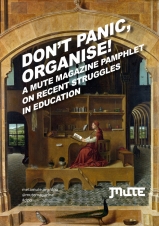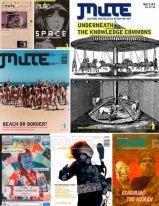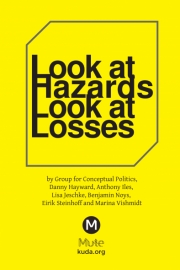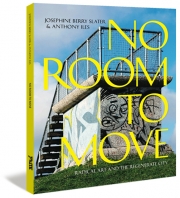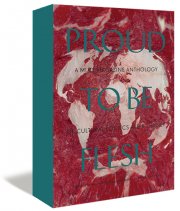Open Space
With the inauguration of Open Space by Gülsen Bal at the beginning of 2008, Vienna’s art scene saw an important enrichment after a number of crisis-ridden institutional changes in 2007. The merger of Generali and Bawag Foundation into one exhibition space saw the end of a decade-long exhibition program concerned with a stringent focus on conceptual practices. The latter abruptly came to a halt due to the decisions made by the groups’ CEOs, which demonstrated how global capital dominates artistic representation and its social reverberations.
In her initiation with Open Space, Bal exactly confronts this onslaught of capitalist-driven exhibition projects with a space in Vienna’s second district where alternative music and art venues like Fluc have moved in recent years. There with her first exhibition project, Temporary Zones, Bal points at the fluctuation of artistic spaces and practices and their potential to intervene into dominant social structures. Three works testify to the notion of what it means to live in spatial environments which are constantly subject to change, especially with regard to the formation of a New Europe and the mechanisms of inclusion and exclusion. Walking into a basement-like space opens up the frontiers with which we are confronted on a daily basis but which cannot be eradicated from daily life.
London-based artist Nada Prlja from Bosnia presents a video in which children read from the European Convention for the Protection of Human Rights and Fundamental Freedom, which enforces a heightened awareness for this legal text that is especially difficult to read for children. How can the transition to a New Europe be lived when the basic rights for freedom, migration, and a solid income are not guaranteed? The speakers and thus subjects of enunciation are children from Macedonia, Romania, Turkey and Serbia, a future generation of European citizens who are not yet able to grasp what their future life could be. Thus, the transition from their mindset to that of a legal body marks the cultural threshold addressed in Prlja’s video. It is the fortress of Europe which stands in-between what is legally possible and culturally feasible.
The same accounts for Peter Mörtenböck’s and Helge Mooshammer’s photo series Visiting Stalin, which traces the current development of the former Stalin arena in Moscow. This former sports stadium has been turned into an empty signifier called Cherkizovsky Market, where migrants from Uzbekistan, Chechnya and the Middle East try to make a living with jobs that barely guarantee a decent existence. Here, the zones of transition are extended to an even more Eastern terrain, which is far away from being dealt with within European politics. Yet, the conditions of migratory politics and precarious working situations reach a peak in such interim zones dealing with an ever-tighter spectrum of possibilities for global change.
The latter is graphically visualized in Ergin Çavuşoğu’s video Empire (after Andy Warhol). Instead of 8 hours, the video lasts 26 minutes and captures one take on a Turkish residential building with a strange minaret and satellite dishes on top, rendering the time span between day and night, where the colors of the sky alter from blue to a hazy sky and the setting sun behind the clouds. Çavuşoğu thus conjures up an otherworldliness which often marks the borderline between life and an artificial reality as purported by the media and various image-generating devices.
Although small in its presence, Open Space opens up another layer into an existing space and reality, which might not be fathomed at first glance, but which comes to light through image-producing mechanisms and the relevance of artistic reflection on the transformation of social fluctuation and political empowerment.
Mute Books Orders
For Mute Books distribution contact Anagram Books
contact@anagrambooks.com
For online purchases visit anagrambooks.com


